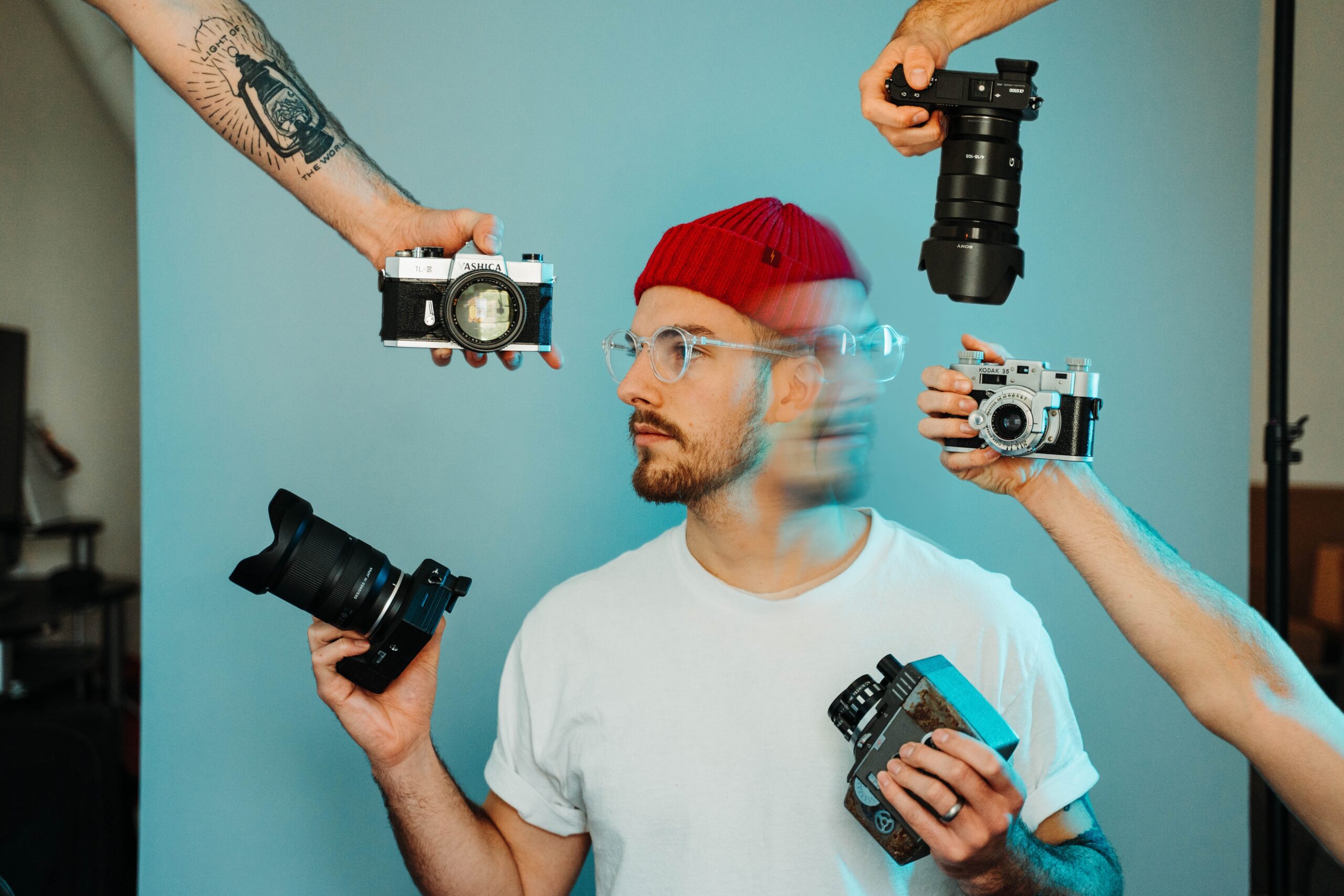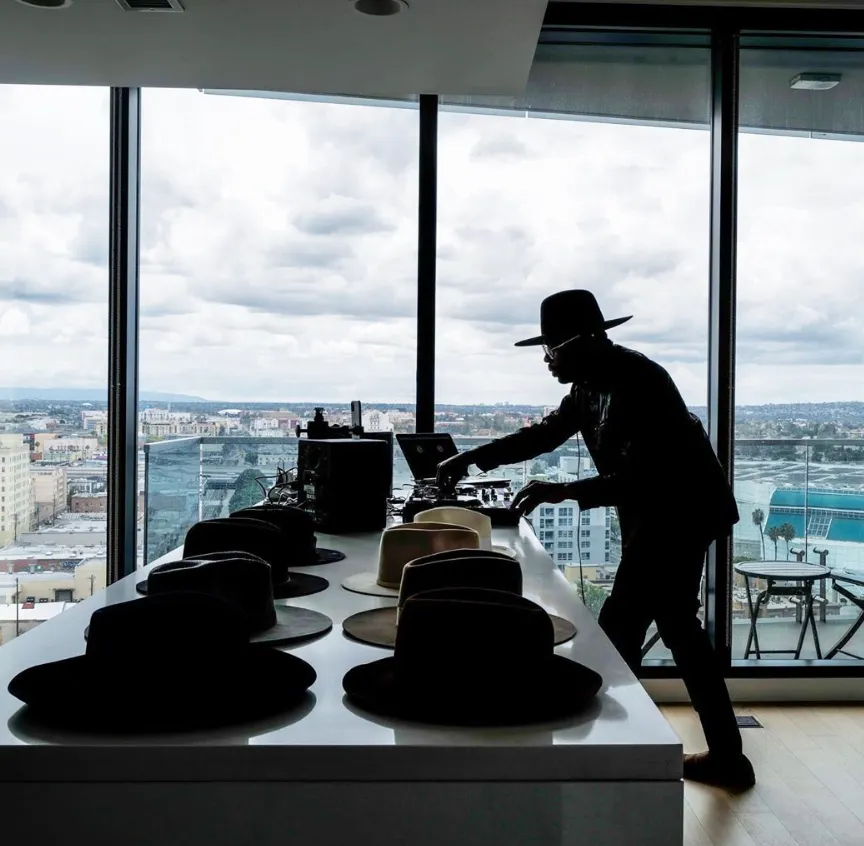One of the most common questions we get at Creative Genius Law is, “How do I know if I have intellectual property to protect?”
It’s not just a common question. It’s also one of the most important questions you can ask, as a creative entrepreneur. Here’s why protecting your intellectual property (IP) is critical:
- Economic benefits: Protecting IP allows you to monetize your work by granting your exclusive rights to use, license, or sell your creations.
- Recognition and reputation: IP protection helps ensure you receive proper credit for your work so you can establish a solid reputation in your field. This recognition can lead to more opportunities for collaboration, partnerships, and career advancement.
- Preventing unauthorized use: By protecting your IP, you can prevent others from using, copying, or exploiting your work without permission. This ensures you maintain control of how your work is used and distributed.
- Competitive advantage: Owning IP rights can give you a competitive edge in the marketplace, because you can differentiate your products or services from competitors.
- Attracting investment: Intellectual property protection can make your work more attractive to investors, who often view well-protected IP as a valuable asset.
Let’s talk about exactly what intellectual property is, how to identify whether you have IP, and how DJ D-Nice protected his IP during the pandemic. But first, what is intellectual property?
Intellectual property is anything that is a creation of your mind. That includes your inventions, literary or artistic work, symbols, logos, names, slogans, images, designs, and so on.
It’s important to remember that intellectual property refers to the intangible assets of your business. What does that mean for you? IP may not seem as tangible as something like real estate — you can’t see it or touch it — but it’s still an asset. That means over time, it will build in value.
There are two common types of intellectual property that we’re going to talk about: trademarks and copyrights.
A trademark is a word, phrase, symbol, or design that identifies your product or your service. More specifically, trademarks identify your company as the provider or creator of a particular product or service.
So when you think about trademarks, you probably think about some of your favorite brands. I engage with the Apple and Spotify trademarks on a regular basis. For a lot of us, we engage with Google on the daily, right? And the reason we know it’s a trademark is because it is a symbol, word, phrase, or design that identifies the provider or creator of that product or service.
Copyright is another type of intellectual property. It gets a bit tricky with copyrights because a lot of people think they can protect ideas under copyright law. This isn’t correct.
A copyright is actually a protection of your expression of an idea. It means you’ve put your original idea into a tangible form. Perhaps you’ve put pen to paper and given us poetry, or you’ve recorded your voice and given us a song that you’ve written. Both of those examples can be protected under copyright. Photographs, visual arts, movies, and computer software can all be protected under copyright law, too.
Copyrights are incredibly powerful. When you own a copyright, you own a bundle of rights. You own the right to:
- Reproduce your work.
- Distribute or sell your work.
- License your rights to other people.
- Modify that work and create a derivative of it, think: a spinoff.
- Perform or display your work.
What Intellectual Property Ownership Means for Creative Entrepreneurs
You’re likely creating intellectual property every day — which means every day is an opportunity for you to expand your asset portfolio.
Because intellectual property is an asset for you, it also means you can increase your generational wealth because it builds in value over time. You can have the resources to reinvest in your community or the causes that are important to you.
Ultimately, your intellectual property is going to generate revenue for you — and that means you have freedom (and we’re all about freedom here at Creative Genius Law!).
Owning your intellectual property allows you to increase your cash, expand your impact, and build a stronger legacy.
How DJ D-Nice Was Able to Spin a 9-Hour Virtual Set into a Lesson in Intellectual Property Strategy
The story of D-Nice, our favorite quarantine DJ, is a great example of why intellectual property matters, and how owning your own intellectual property can yield big benefits.
If you were glued to your Instagram, like I was during the pandemic, you may have noticed that the very first thing that D-Nice announced was Homeschool, a 9-hour Instagram live virtual dance party. Through Homeschool, we could all connect to community, even though we were all in our homes during the lockdown. D-Nice launched Homeschool on March 16, 2020, right at the start of the pandemic.
Around March 23, 2020, he re-branded from Homeschool to Club Quarantine, and he rolled out a logo for that brand that was really fire. That’s when I started paying attention to it, not just as a music lover, but as someone who likes to dance at home.
As an intellectual property attorney, I was also keeping a close eye on what D-Nice was doing. The steps D-Nice followed aligned perfectly with something that we call the Creativity to Capital framework. It includes 6 steps.
ASSESS. AUDIT. ALIGN. ACTIVATE. AMPLIFY. ASSERT.
D-Nice started by assessing an immediate need in the market. During the pandemic, we were all isolated and needed community. He recognized that we needed to be able to connect with one another even though we were at home.
Then he audited his existing resources, which included his skill set, brand reputation, physical equipment, social media followers, etc. D-Nice also audited his existing intellectual property.
Remember, intellectual property is anything that is an original creation of your human mind. In D-Nice’s case, that includes remixing and curation, along with his brand equity under the DJ D-Nice brand, which is a trademark. And it is a trademark because it’s his product or service – he is the provider or originator of it.
For the next step, D-Nice took his learnings from the assessment and audit phases, and aligned them with a specific product or service, which in this case was virtual DJing and the production of virtual events. Before D-Nice started promoting these events, we hadn’t really had a virtual dance party like Club Quarantine. This was a new experience for many of us.
Then he activated right away. On March 16 and March 23, we were barely a few days into the stay-at-home orders, but he moved immediately. And within just a few days, D-Nice went from hundreds of followers to thousands. He had a social media following before the pandemic, but he activated before there was a large gathering. We were in crisis and needed community, and that quick activation was one of the keys to his success.
The next thing he did was amplify. During the early days, we saw him tagging his celebrity guests, and he also launched merchandise that went with the Club Quarantine brand. That amplification was also the creation of new intellectual property because it was an expansion of the brand.
After he expanded, he asserted his ownership by submitting a federal trademark application to the United States Patent and Trademark Office on March 22, 2020. These dates are key, because this all happened relatively quickly. He asserted his ownership of that intellectual property in two different categories with the United States Trademark Office, including apparel, as well as entertainment services.
There was also a visual association with the entire Club Quarantine experience. For those of us who were there, you might remember the image of fedoras that were lined up on his countertop, and D-Nice was near the windows. Copyright is a form of intellectual property that protects visual works, and that photo was an iconic image of the moment.
Instagram Reproduction @FashionBombDaily
He also expanded the D-Nice trademark with a federal trademark application on March 25, 2020. And since the launch of club quarantine in 2020, I think we can all agree that we’ve seen his intellectual property increase in value over time. It’s a great example of how protecting your IP can lead to an increase in brand equity and an uptick in opportunities for creative entrepreneurs.
Do You Have Intellectual Property to Protect?
You may be creating intellectual property without even knowing it. So what can you do now? The first step is understanding what intellectual property means, which we’ve covered here.
Next, you’ll want to identify your own intellectual property. You’ll need to perform an audit by taking inventory of any intellectual property you may have created. Just like with a traditional audit for tax or other purposes, an intellectual property audit should be performed by a third party who is outside your organization.
Why get someone from outside to help you with this audit? Because when you are knee-deep in the trenches of your own business, it’s hard to recognize all the intellectual property you have created. Even if you can identify your IP, you may have a hard time getting a handle on its true value.
Creative Genius Law is here to support you in your journey to protect and leverage your intellectual property. We are a legal team of creatives who use the law to nurture your creativity rather than stifle it.
Submit an intake form to discover how we can help you build impact, generational wealth, and legacy by protecting your IP.

